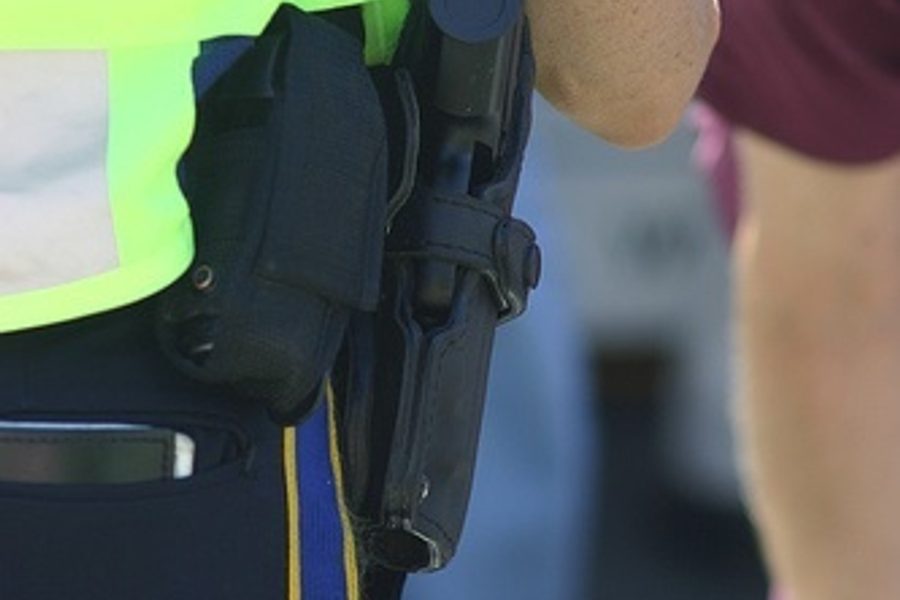
In response to the conversation about gun control sparked by Newtown shooting, the National Rifle Association chose its usual line of defense: offense. “The only thing that stops a bad guy with a gun is a good guy with a gun,” said NRA Executive Vice President Wayne LaPierre just one week after the Newtown shooting.
Driving the point home, the NRA released an ad asking, “Are the president’s kids more important than yours?” The implication: Obama, whose “kids are protected by armed guards at their school,” is a hypocrite if he does not wish the same for all American children. (Of course, President Obama’s students have an armed guard because of their high profile--a 10-year-old’s likelihood of being shot at increases exponentially when their parent becomes president.)
In a January 30 Senate Judiciary Committee hearing on gun violence, LaPierre doubled down, saying, “It’s time to throw an immediate blanket of security around our children.” This was part of his promotion of a new NRA program called the School Shield Program, which aims to train armed guards and place them in every school in the nation.
While not everyone agrees with the NRA, the group has been effective in making school security a centerpiece of the conversation. The White House has talked about a middle-of-the road stance that would increase federal funding to schools that want to install security cameras and hire armed police officers, though nothing is official yet. Even more ideas have made the rounds in op-ed pieces and blog posts: arming teachers, asking everyone entering a school to go through a metal detector, posting security cameras in every classroom. Proponents of putting police in schools note that Adam Lanza killed himself after police entered the building.
That sequence of events, however, is atypical for a school shooting: A study done by the Secret Service after the 1999 Columbine High School massacre looked at 20 years of violent school shootings and found that most “were stopped by means other than law enforcement intervention.” Furthermore, as the ACLU notes, having armed guards or increased police presence in schools will encourage police to criminalize student behavior which, in turn, “only contributes to the school-to-prison pipeline--that is, pushing kids out of classrooms and into jail cells.”
I have spent most of my life in a school setting: first as a student, then as a high school teacher. In more than 20 years of observation, I have never witnessed a need for armed guards. Perhaps I am fortunate in this. But school shootings are still relatively rare, despite their high media profile; Implementing an armed police presence in every school because a few have been the scenes of heinous crimes would be like screening every white male in the school system for a mental illness because the perpetrators of such crimes are predominantly white males. It just isn’t feasible, nor does it help the problem; what it does is unnecessarily invade our privacy.
The school where I work does have one police liaison for close to 4,000 students, but I rarely see him in the school. He is never called to deal with minor infractions, but only when a student has broken the law on school grounds. This is not the plan that the NRA is proposing. They are suggesting that guards stand outside of classroom doors and patrol hallways on a daily basis. In such a scenario, my students and I could feasibly see someone in the hallway with a visible gun every day of the week. Whether the plan is to institute armed guards, hire police officers, or give teachers guns of their own, the result is the same: School will feel like a prison.
Schools are supposed to be places where students can flourish--experimenting with identities and personalities, socializing with friends. Although students’ actions are highly regulated by classroom teachers and school administrators, part of the training teachers receive in their college coursework is in child and adolescent psychology. We receive such training to better understand why students do what they do, so we can separate behavior that is part of the normal growing process from that which is dangerous. Police officers are not offered this training, so what school personnel would handle one way, they might treat as a crime.
Furthermore, the NRA’s proposal leaves too many unanswered questions: What happens if an officer sees a student pull out something that looks like a weapon, but is not one? What happens if teachers are given firearms and students steal them? How do we explain to students and parents how this makes their children safer in school?
Even were a violent offender to enter a school, there is no guarantee that an armed and trained officer will be able to shoot him down. A 2006 study found that, when firing at a person, New York City police officers hit their target only 28.3 percent of the time. In 2005, they only hit 17.4 percent. Los Angeles police did slightly better, with a 40 percent hit rate in 2006, but that is still less than half of the time. With statistics like these, officers may do more harm than good if a gunman enters the school, firing stray bullets into classroom doors or through walls to where students are waiting out the lockdown.
The hard truth of the matter is that, no matter what we do, these tragedies will still happen. As a teacher, I have to live every day with this knowledge. However, having more guns in schools will only increase the risk of a gun being fired on school grounds; it will not deter someone who really wants to do harm.
Schools should be places where students feel safe from gun violence, but they should also be places where students feel encouraged to learn, rather than confined and policed.
Ashley Lauren Samsa is a high school English teacher in the suburbs of Chicago, IL and a Senior Editor at Gender Across Borders.

